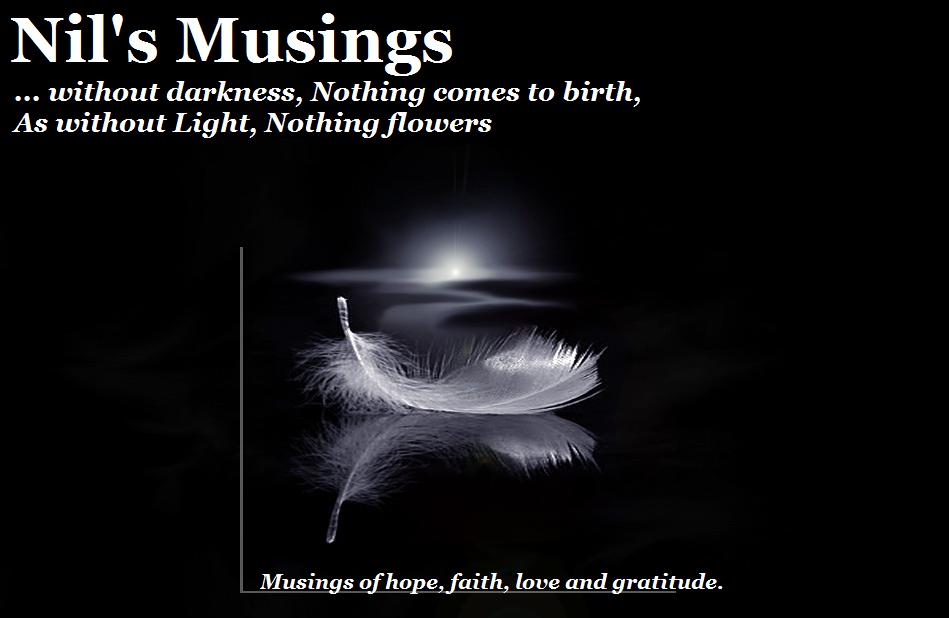The two-tonne crocodile called Ah Kong is very much a part of the farming family and it became very attached to its owner Ho En Kui.
It was Ho’s son Su Hung who found the baby crocodile along Sungai Pegalan after a flood in 1961 when he was a 14-year-old boy.
Su Hung brought the 30cm-long crocodile home. Since then, Ho had been looking after it until his death.

I have heard of many tales of animals especially well taken care of pets shedding tears, being sad and waiting for their dead owners to return. I have heard many tales about dogs and cats.
I was deeply moved by Marley and Me and recently, there was yet another true story which has been Americanised with Richard Gere about the Japanese dog Hachiko.
Hachikō(November 10, 1923–March 8, 1935), known in Japanese as chūken Hachikō was an Akita dog born on a farm near the city of Ōdate, Akita Prefecture, remembered for his loyalty to his owner, even many years after his owner's death.
In 1924, Hachikō was brought to Tokyo by his owner, Hidesaburō Ueno, a professor in the agriculture department at the University of Tokyo. During his owner's life Hachikō saw him off from the front door and greeted him at the end of the day at the nearby Shibuya Station.
The pair continued their daily routine until May 1925, when Professor Ueno did not return on the usual train one evening. The professor had suffered a stroke at the university that day. He died and never returned to the train station where his friend was waiting.
Hachikō was given away after his master's death, but he routinely escaped, showing up again and again at his old home. Eventually, Hachikō apparently realized that Professor Ueno no longer lived at the house.
So he went to look for his master at the train station where he had accompanied him so many times before. Each day, Hachikō waited for Professor Ueno to return. And each day he did not see his friend among the commuters at the station.
The permanent fixture at the train station that was Hachikō attracted the attention of other commuters. Many of the people who frequented the Shibuya train station had seen Hachikō and Professor Ueno together each day. They brought Hachikō treats and food to nourish him during his wait.
This continued for 10 years, with Hachikō appearing only in the evening time, precisely when the train was due at the station.

Eventually, Hachikō's legendary faithfulness became a national symbol of loyalty.
Hachikō died on March 8, 1935. He was found on a street in Shibuya. His heart was infected with filarial worms and 3–4 yakitori sticks were found in his stomach. His stuffed and mounted remains are kept at the National Science Museum of Japan in Ueno, Tokyo.
The statue of Hachikō in Shibuya. In April 1934, a bronze statue in his likeness was erected at Shibuya Station.
And here we are, humans, we think we rule the world.
Take care and be well.

No comments:
Post a Comment